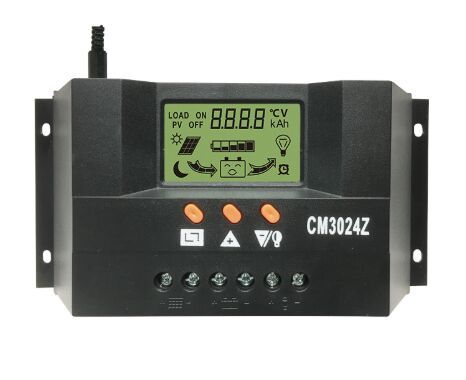Detect the DC voltage and output current of the main circuit, calculate the output power of the solar array, and realize the tracking of the maximum PowerPoint. The perturbation resistor R and the MOSFET are connected in series. Under the condition that the output voltage is basically stable, the average current through the resistor can be changed by changing the duty cycle of the MOSFET, thereby generating current disturbance.
At the same time, the output current and voltage of the photovoltaic cell will also change accordingly. The output power and voltage of the photovoltaic cell before and after the disturbance are measured to determine the direction of the disturbance in the next cycle. When the direction of the disturbance is correct, the output power of the solar panel will increase. The cycle continues to perturb in the same direction, on the contrary, it perturbs in the opposite direction. In this way, the perturbation and observation are repeated to make the output of the solar photovoltaic panel reach the maximum PowerPoint.
To charge the battery, the output voltage of the solar panel must be higher than the current-voltage of the battery. If the voltage of the solar panel is lower than the voltage of the battery, the output current will be close to zero.

The traditional solar charge and discharge controller is a bit like a manual gearbox. When the engine speed increases, if the gearbox of the gearbox does not increase accordingly, it will inevitably affect the vehicle speed. But for the MPPT solar controller, the charging parameters are set before leaving the factory, that is, the MPPT controller will track the maximum power point in the solar panel in real-time to maximize the efficiency of the solar panel.
The higher the voltage, the more power can be output through maximum power tracking, thereby improving the charging efficiency. Theoretically speaking, the solar power generation system using the MPPT controller will increase efficiency by 50% than the traditional, but according to our actual test, due to the influence of the surrounding environment and various energy losses, the final efficiency can also be increased by 20%-30%.
In this sense, the MPPT solar charge and discharge controller is bound to eventually replace the traditional solar controller. If you want to know more about the contents or products of the MPPT solar charge and discharge controller, you can check it on the product page of SCIENTEK ELECTRICAL: https://www.scientekpower.com/products/.